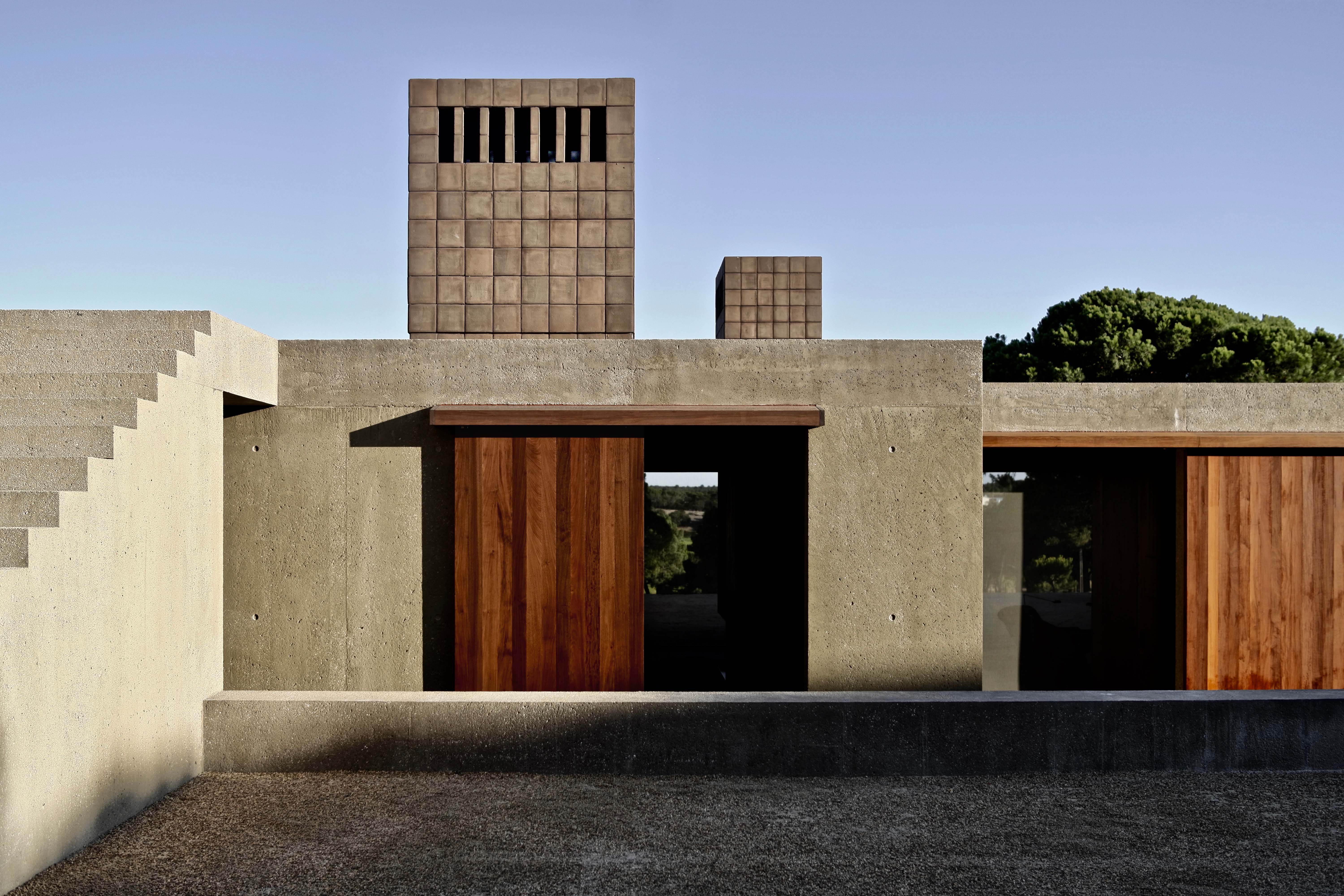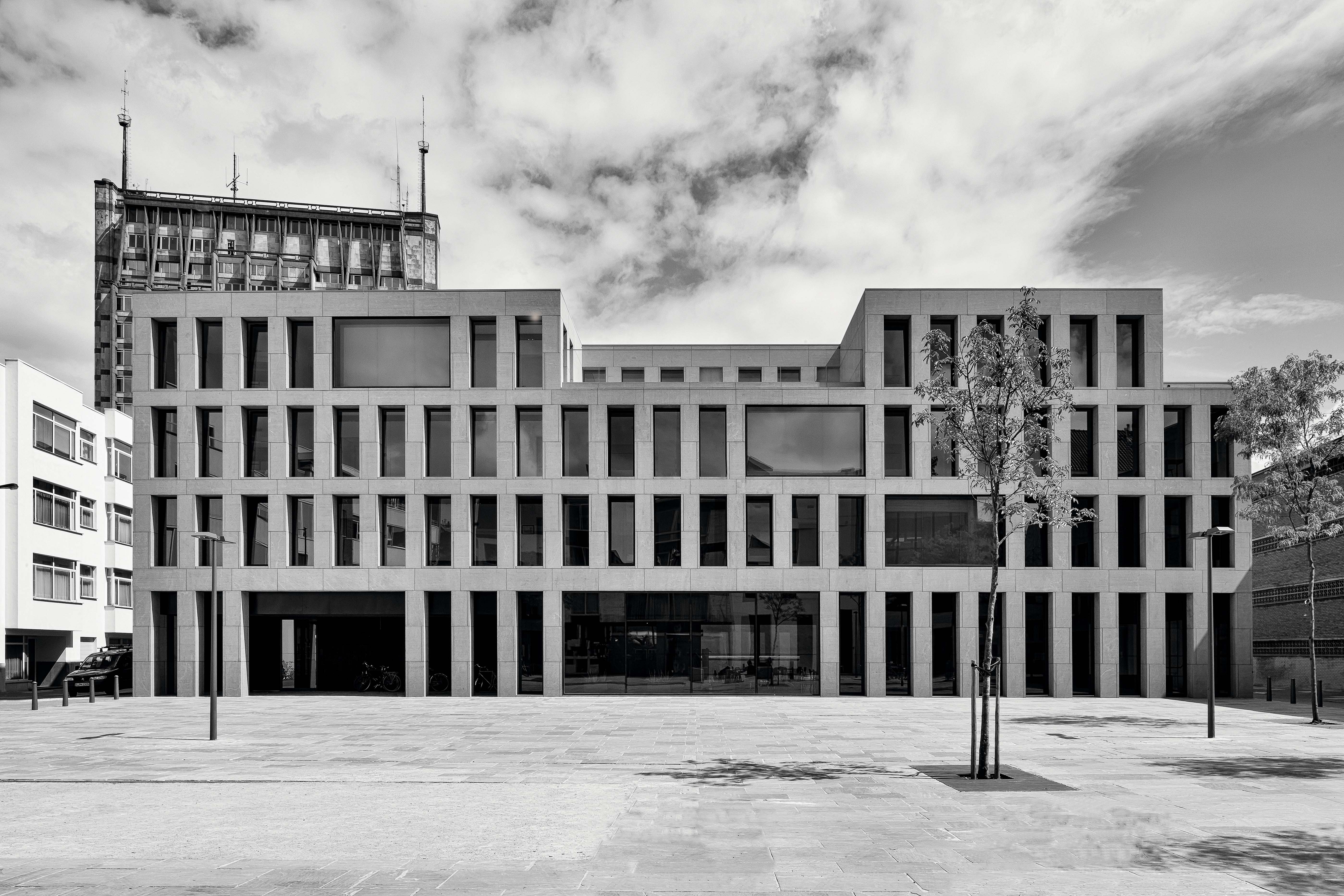Vincent van Duysen, Award-winning architect and founder
of Vincent van Duysen Architects
Belgian architect, Vincent van Duysen, established his studio in 1989. Vincent van Duysen Architects has grown to an internationally renowned studio with work ranging from product design to commercial and large-scale architectural projects, focusing on high-end residences.
In conversation with Vincent van Duysen, he elaborates on his inspiration and admirations, what constitutes good architecture, and how he sees the future of design.
“Organic materials are key to my work and to good architecture. I am talking about raw elements that acquire a patina of timelessness, and exquisiteness, and warmth as they age, such as wood, textiles, concrete, and stone.”

C Penthouse, Antwerp

Casa M, Portugal
Vincent van Duysen’s long-term success stems partially from his ability to source inspiration, from ancient architecture such as Egyptian, Roman, nomadic, or tribal constructions to modern masterpieces. “I like timeless oeuvres, work that can move me and inspire me”, he said. Van Duysen considers himself a modernist at heart, and some of the masters that have influenced him are Le Corbusier, Louis Kahn, Luis Barragan, and Carlo Scarpa, to name a few.
“I’ve always liked architects that have or had a warm and contemporary approach with innovative uses of materials, and adaptations to the modern-day needs. In other words, those that are able to create a really strong dialogue between person and space. But it doesn’t have to be only architecture. I am also inspired by people who work with their hands, artisans, craftsmen; it could really be anything, a picture, a book, a sculpture, a movie, a person”, he added.

Pulcinella Youth Hostel, Antwerp

Residence
Working with and for human beings is one of van Duysen’s foremost privileges. “I work to improve people’s lives in an organic and timeless manner. I want to keep on designing and creating new architectures, products, and interiors; create for mankind in an organic way, giving timeless objects to human beings”, he said.
As he ponders on the differences good architecture can make in people’s lives, he adds, “Ever since the beginning of my career – 30 years ago – the most important thing has always been to consider architecture as a profession dedicated to humanity. And that means starting from the architecture of places, whose inhabitants need to feel protected and relaxed, right through to the furniture and the objects around them that are necessary for them to live a comfortable and happy life”, he said.
“Natural materials are the focus of my creations. They instil a sense of serenity and wholeness into my interiors or products. I think a significant part of the emotion in my work comes from my consideration for the materials within a space.”

Concordia Offices
A key design by Vincent van Duysen Architects is a compendious effort that encompasses passion and research and understanding of human needs together with channelling tactility, timelessness, organicity, texture, serenity, comfort, natural materials, light, and exquisite craftmanship. “I always take a narrative into account when designing, and in that sense, my projects are building a sequence of a broader ‘picture’”, he said.
The impact of materials and the blending of which also plays a great part in van Duysen’s work. “Together different materials convey a sense of holisticness that make human beings feel protected, comfortable, surrounded by warmth and beauty as if in a shrine or shelter”, he added.
When asked about the future of design, van Duysen brings up the question of sustainability and how it is slowly working its way into the world of design. “I believe design is becoming more and more what it should be – focused and paying more attention to sustainability, craftsmanship, overall quality and use of nice/high-quality materials.” He continues his string of thoughts: “I think, in the future we will see less of the typical ‘signature design’ with a very recognizable strong statement of the designer and start leaning towards a sort of ‘slow design’, characterized by timeless pieces, that lasts longer and are passed on from one generation to the next.”